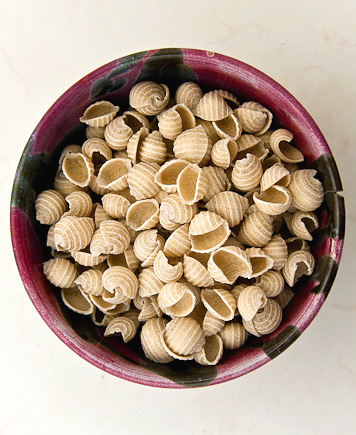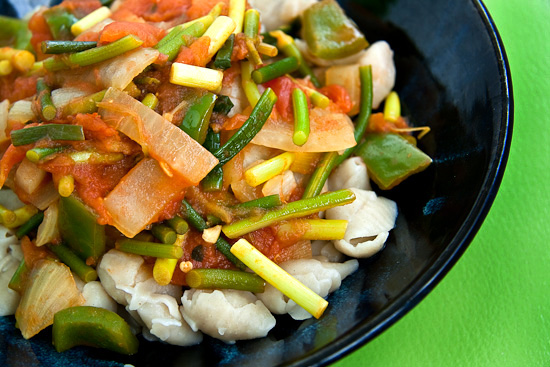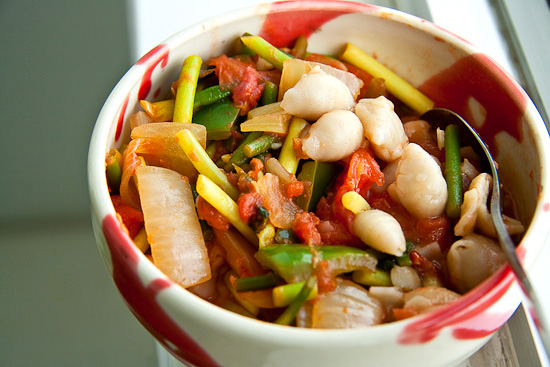My mom told me that when Marco Polo brought the recipe for xian’r bing (馅饼, a stuffed pie) to Italy, he forgot how to put the filling inside the dough. So he decided to put it on top – and thus was pizza born.
It’s not just my mom. It is a popularly held truth in China that Marco Polo introduced Italy to Chinese staples such as noodles, dumplings, and flatbreads (饼 bing). Only Mr. Polo didn’t get the recipes down quite right, so the dumplings became square and flat, the noodles got all out of shape, and the flatbreads acquired new and exciting fillings on the outside. Without Marco, so the story goes, Italy would be lacking of some of its most popular foods.
Now, we all know that’s not really true (in fact, archaelogoical evidence dates Italian pasta-making to way, way before Marco Polo), but it’s a fun story nonetheless. We Chinese people sometimes enjoy thinking that we invented everything. The right lesson, however, should perhaps be one of shared culture and mutual influence.
Just look at these cat’s ears noodles (猫耳朵) from Shanxi (山西) province. Don’t they resemble Italian conchigliette? (Certainly more than they resemble cat’s ears.) Perhaps we can only conclude that everyone realizes the utility of scoop-shaped noodles when it comes to optimizing sauce intake.
Fresh cat’s ears noodles don’t resemble conchigliette as much: The “scoop” is less pronounced, and the dough is thicker and chewier. They’re nearly impossible to find outside of Shanxi restaurants, so it was quite a delight to stumble upon this package of the dried variety in a “vinegar supermarket” that not only sold RMB 60 bottles of vinegar but also other specialty products from this province of coal mines and mouth puckering condiments.
Made by a company called “Big Granary” (大粮仓 Da Liangcang), the noodles have a healthful, simple ingredients list, blissfully free of chemicals and unrecognizable characters. The multigrain variety, which we picked over whole wheat, contained mung bean flour, buckwheat, millet flour, whole wheat flour, and perhaps some oat flour as well (I can’t quite remember).
We aimed for a northwestern feel by serving them with a spicy, cumin-tinged sauce of tomatoes onions, garlic scapes (蒜苔 suantai, the edible sprout of garlic), and long green peppers. The noodles were actually quite fragile, probably due to the lack of white flour. With just the tiniest bit of overcooked inattention, they fell apart and the water became gummy. But after a flash boil no longer than a couple of minutes, they turned out delightfully, firm and lightly chewy – perfect if one wanted something pasta-like without the carbon footprint of being transported from Italy.
The Shanxi Vinegar Supermarket (山西醋超市 Shanxi Cu Caoshi) is great fun if you’re anything like me and take an encyclopedic enjoyment from foreign/specialty food shops. It’s not at all supermarket like, but the small shop packs in multiple varieties of vinegars in everything from liter bottles to banquet-style ceramic liquor bottles. Aside from the noodles (RMB 12.5), we also picked up a gingery amber-hued “salad” (凉拌 liangban) vinegar and an aged rice vinegar for cooking, both around RMB 8. Who could say no to that?
Shanxi Vinegar Supermarket (Shanxi Cu Caoshi) [map]7 Jingshan Xijie (the street that runs west of Jingshan, just a little north of the park’s west gate)
Xicheng District
Tel: (010) 6406 3251
山西醋超市
西城区景山西街7号







































Good post, thanks for the good read.
I was in Xain and had kitty ear pasta several time. I looked for it in every store but I couldn’t find them. where could I order some.